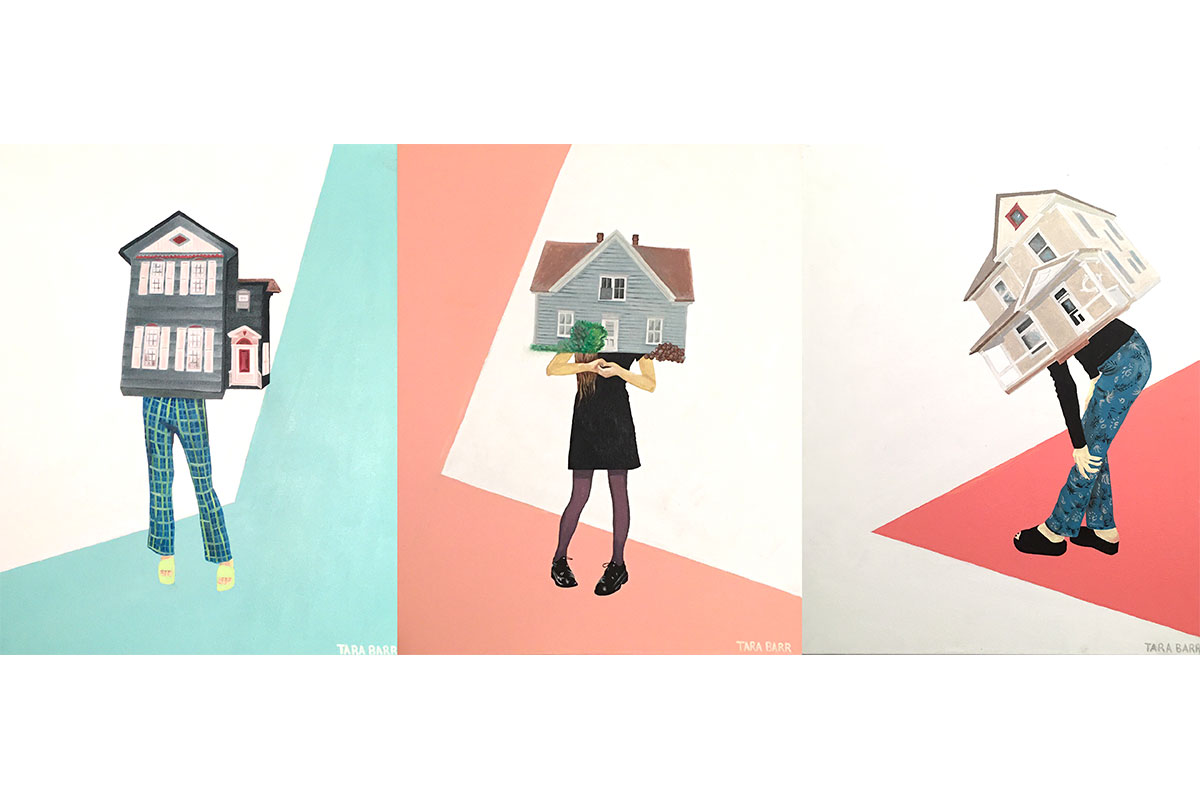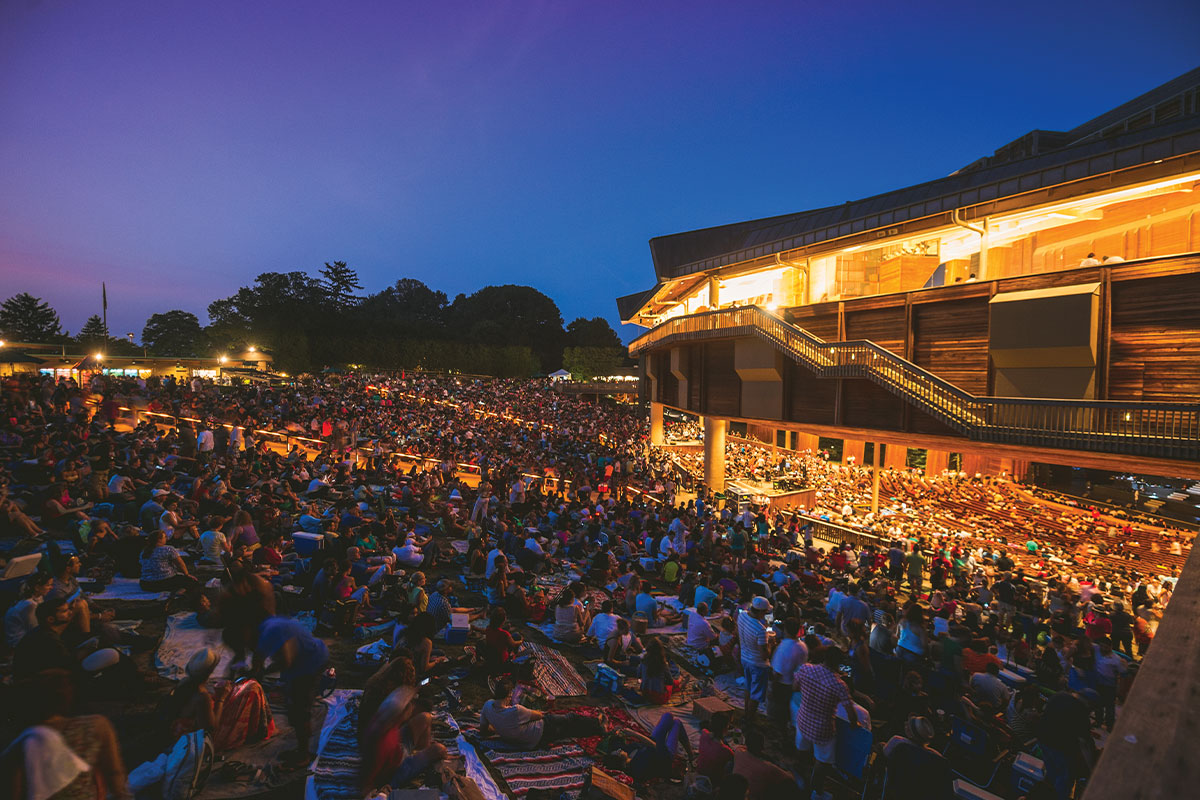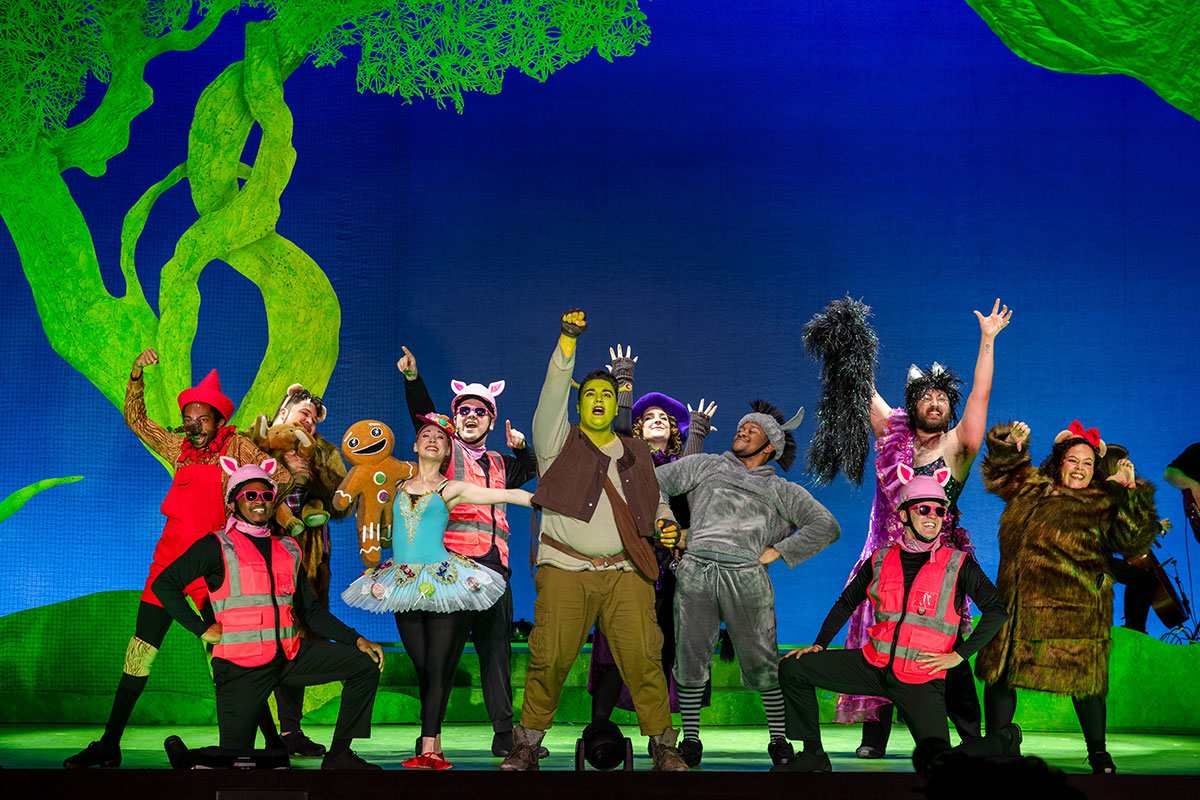Last March, the start of the global pandemic took America by surprise, causing residents to retreat inside their homes, unaware that isolation would last a lot longer than the initially recommended two-week quarantine period. With feelings of loneliness starting to grow, many individuals turned to at-home cooking, new fitness regimens and other creative outlets to help clear the mind.
And, for Liz Laribee, the programs and partnerships librarian of Arlington County Library, it seemed like the perfect opportunity to bring the community together, leading her to create Quaranzine—an online publication of local art and writing by Arlington residents.
“I wanted to find a way to capture what it felt like to be alive in this moment, in this community,” explains Laribee, who first started the digital compilation in early April with help from library staff. “By collecting responses to the crisis, we have been making a record of Arlington’s resilience and creativity.”
Quaranzine—created by an Editorial Board consisting of Katelyn Attanasio, Brit Austin, Hannah Axt and Ruth Compton, Deborah Khuanghlawn, Janelle Ortiz, Peg Owen, Megan Wianecki and Alex Zealand—includes photography, illustrations, sculptures and more, all published together in weekly issues online. Here, Laribee tells us about the innovative concept, from what you can submit to why it matters right now.
Talk about what exactly you look for when picking submissions for each issue of Quaranzine.
The editorial board looks at and discusses each submission and judges it on these criteria: Does it fit into the theme of “community response to the time we live in?” Is it high-enough quality? As some images are too dark to be seen, for example. Is it in a format that we can include? While some people have submitted video, which is so cool, it’s not what we are doing here. Is it for a wide readership?
Why do you think it’s important for people to have a creative outlet right now?
The act of creating can be very therapeutic. It can be a starting point for processing some of the physical, emotional and spiritual upheaval that something like a pandemic introduces into a community. Furthermore, this quarantine has introduced a real shift in our usual means of connection and expression. Creative outlets, including Quaranzine, can help fill the need for a meeting place, a public square.
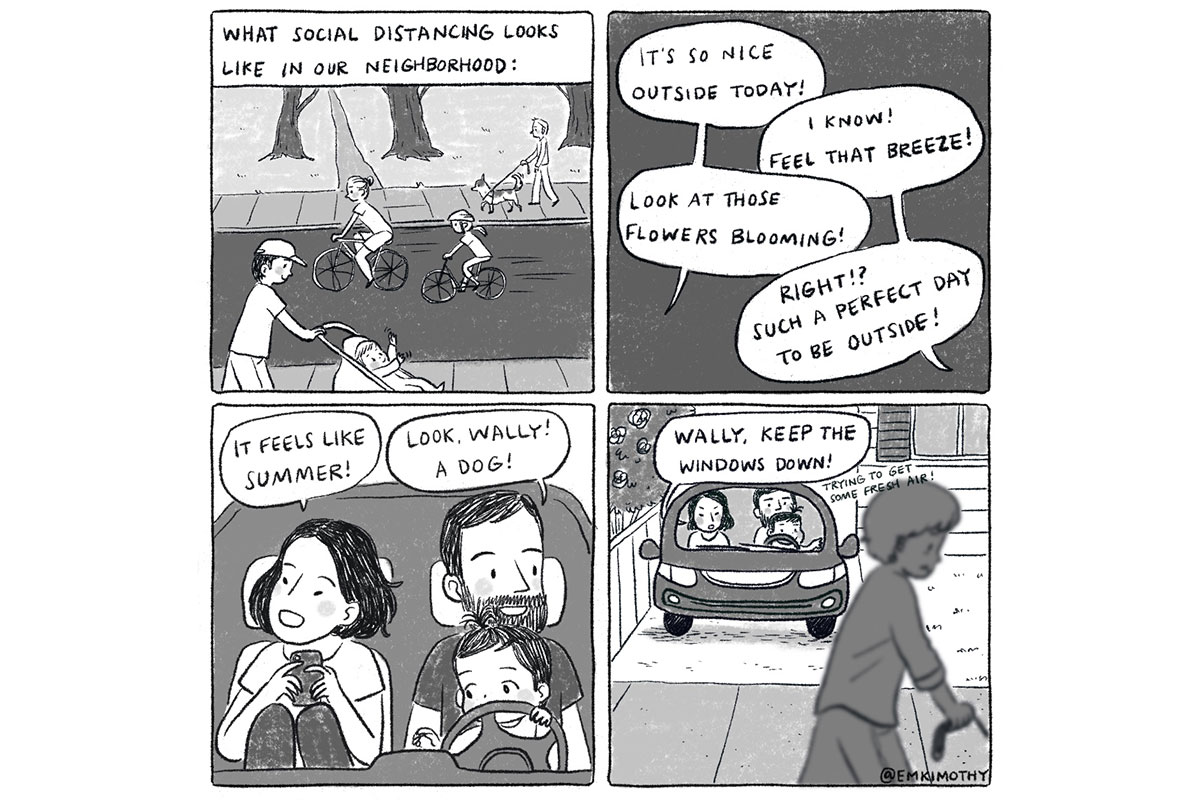
What has the reaction to Quaranzine been like so far?
The response has been overwhelmingly positive. We received over 300 submissions in the first two weeks, as well as dozens of comments and emails of support from staff and the larger community. We also had a few inquiries from other library systems nationwide who asked permission to use the name and concept in their own community, which was quite exciting. And a number of media outlets have covered our efforts too, including Library Journal, The Atlantic, DCist and NPR. We’ve been very pleased with the reception.
Is there one submission or one weekly issue that has stuck with you the most since Quaranzine‘s inception?
The national conversation about race saw a steep uptick after the killing of George Floyd and it introduced a new chapter in history, prompting us to broaden our focus for Quaranzine. While the project was originally created to examine life in Arlington amidst the COVID-19 crisis, we extended our scope to the nationwide issues that were dramatically impacting our community.
We began seeking art and media that promoted anti-racism, social justice, inclusion, racial equity and accountability; work in direct response to racism in the United States and documentation that explored the intersections of race and the Arlington community. We began folding this work into our regular issues, starting with Issue Eight. That marked an important moment in the life of the publication, and one that allowed us to adapt meaningfully to community needs.
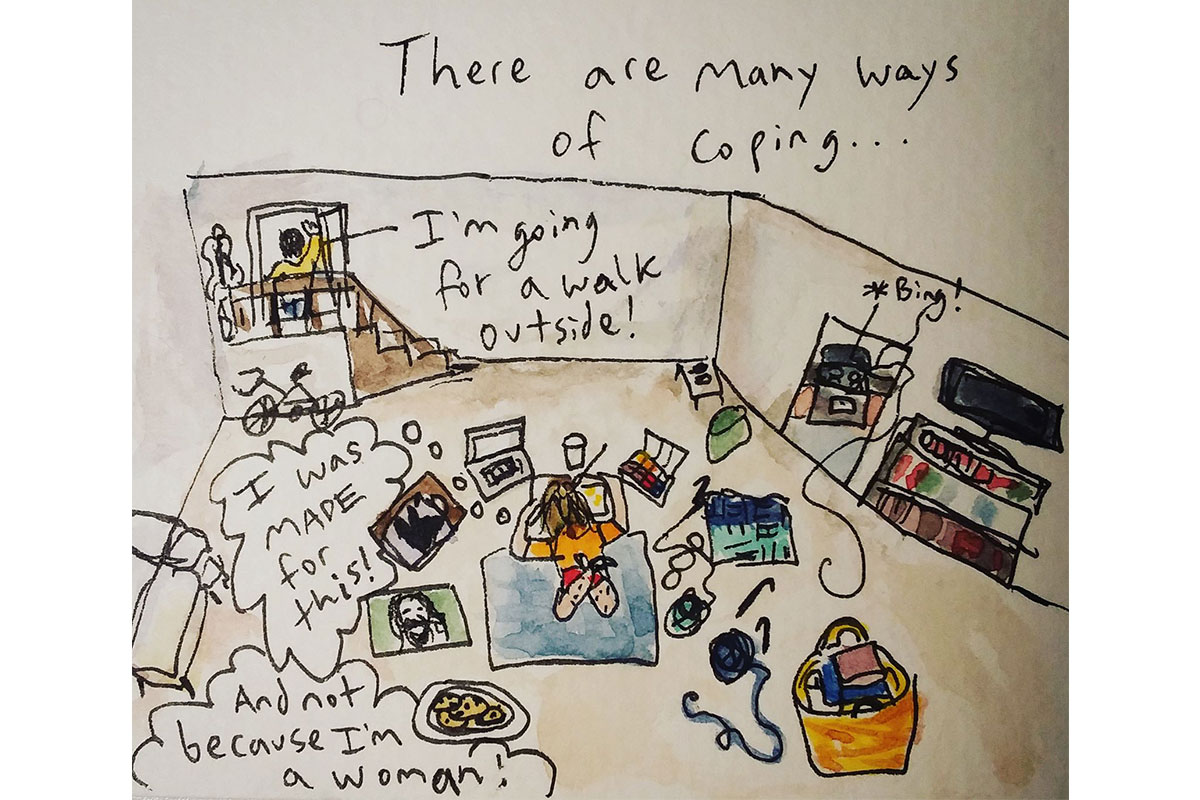
How long do you expect the publication to continue?
Our plan has always been to continue publishing as long as the Library’s branches remain closed.
What are a few key takeaways you hope people are getting from the work within each issue?
I hope that people are encouraged and inspired by the resilience, honesty, humor, joy, pain and beauty present in each issue. I feel a deeper connection to the people of Arlington since Quaranzine began; that’s my hope for others as well.
For more stories on how Northern Virginia residents are adapting to the coronavirus pandemic, subscribe to one of our many e-newsletters.

